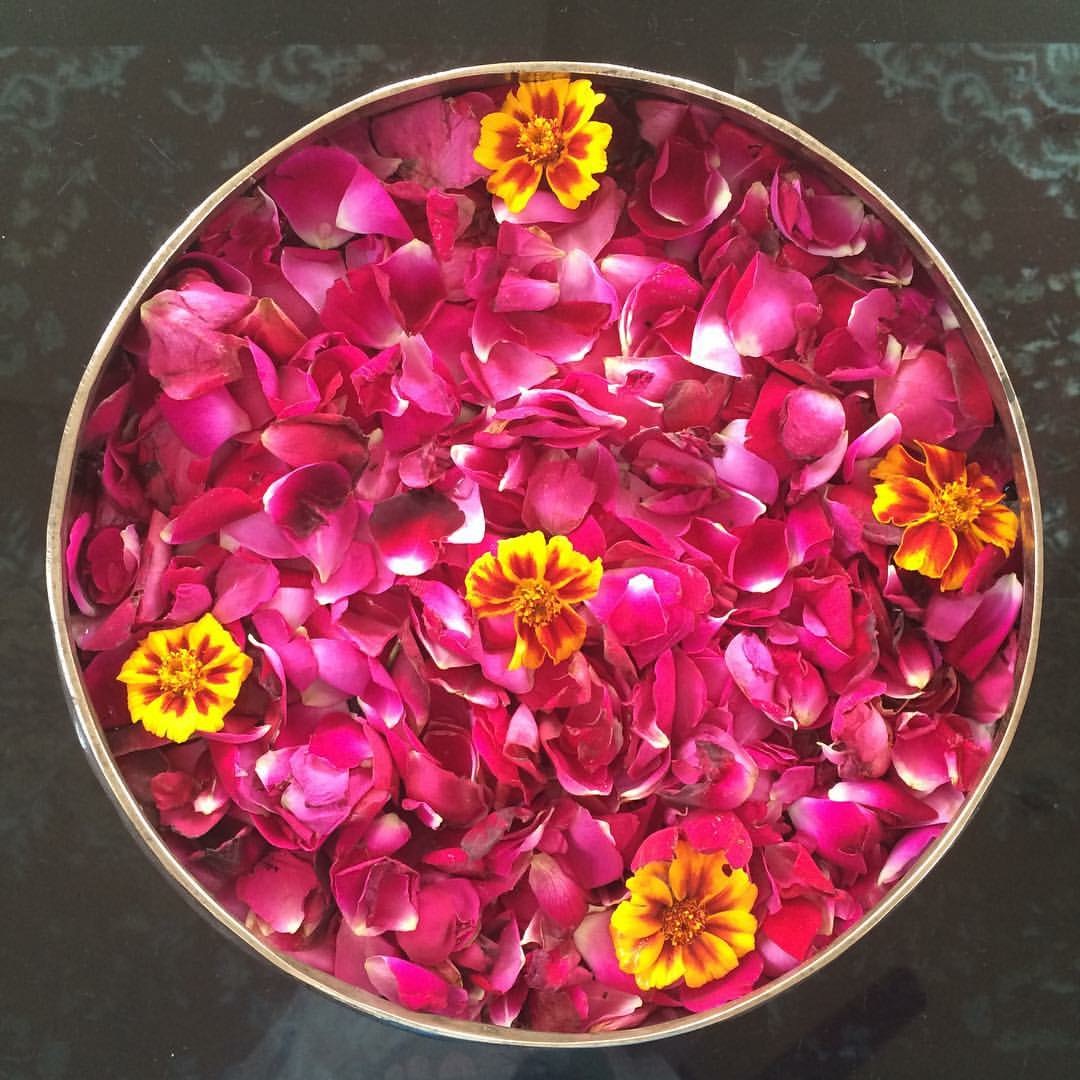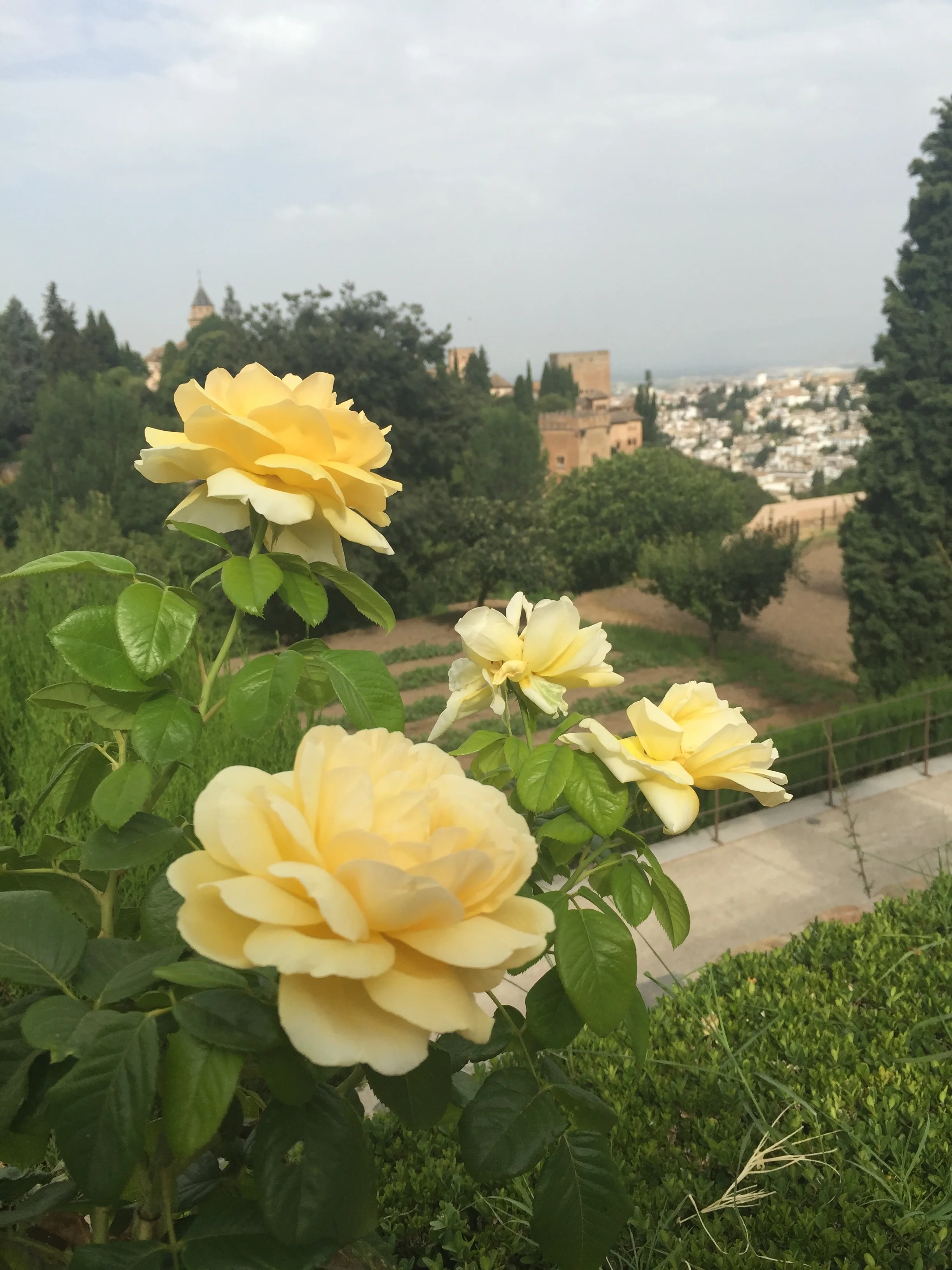In the practice of Ayurveda, the daily morning routine is termed Dinacharya. The way you start your day can have a great impact on everything from mood, to energy, to clarity, to outlook and therefore outcome. The attention first to self-care and then to mindset is the suggestion. Your constitution makes a difference in some of the ways that you would choose to begin your day. See the January blog posts on Understanding and Maintaining Balance in Your Dosha. Take the dosha quiz on pages 19 and 20 in your Essential Yoga Practice book. Answer all the questions based on general lifelong tendencies, not recent conditions. The answer will be your “prakruti”, your unique constitution. Most people are bi-doshic, meaning they have a more dominant dosha and then a secondary dosha.
Daily Morning Routines – Dinacharya
· Upon waking, think positively, starting with focus on gratitude. Rub face, look at hands and anticipate your daily seva, the work of your hands in service to others
· Eliminate
· Brush teeth
· Scrape tongue with steel or copper tongue scraper
· Drink a cup of warm water, with optional lemon for Vata, and honey for Kapha
· Massage body with sesame oil for Vata (begore and after showering), coconut or sunflower oil for Pitta, and dry brush instead for Kapha before showering, and then use sesame or almond oil or coconut oil.
· Relaxing practice for Vata – yoga, pranayama, meditation; Meditation and quieting yoga and pranayama practice for Pitta, and meditation and energizing pranayama and yoga practice for Kapha
· Plan to drink 8 glasses of water per day
· Eat primarily cooked foods. Vata- avoid excess dry foods, hot spicy foods, and excess bens, and eat balanced meals to include healthy fats. Pitta- avoid hot spicy and deep fried foods, as well as moderate fermented and salty foods, red and fatty meats and minimize or avoid alcohol and processed sugars and grains. Kapha – eat larger meal at lunch, avoid red and fatty meats and wheat and flour based products, while considering whole grains in moderation. Eat a lot of vegetables and a moderate amount of fruits.
Ayurveda defines optimal health as different for each person, taking into account the individuality based on dosha. This holistic system of healing educates and empowers us to take responsibility for our own wellness regiment to include diet, movement and lifestyle. Aromatherapy to support each dosha is quite useful not only in meditation and yogic practice, but anytime of the day. Refer to pages 22 - 24 in your Essential Yoga Practice book to learn more about specific essential oils to use for each dosha, but generally energizing scents for Kapha, grounding scents for Vata, and calming scents for Pitta are a great rule of thumb.
Stay tuned for more tips for this week’s blog post on our social media sites this week. Stay tuned for mudras to practice for each dosha and Ayurvedic healthy dietary tips in next month’s blog.















